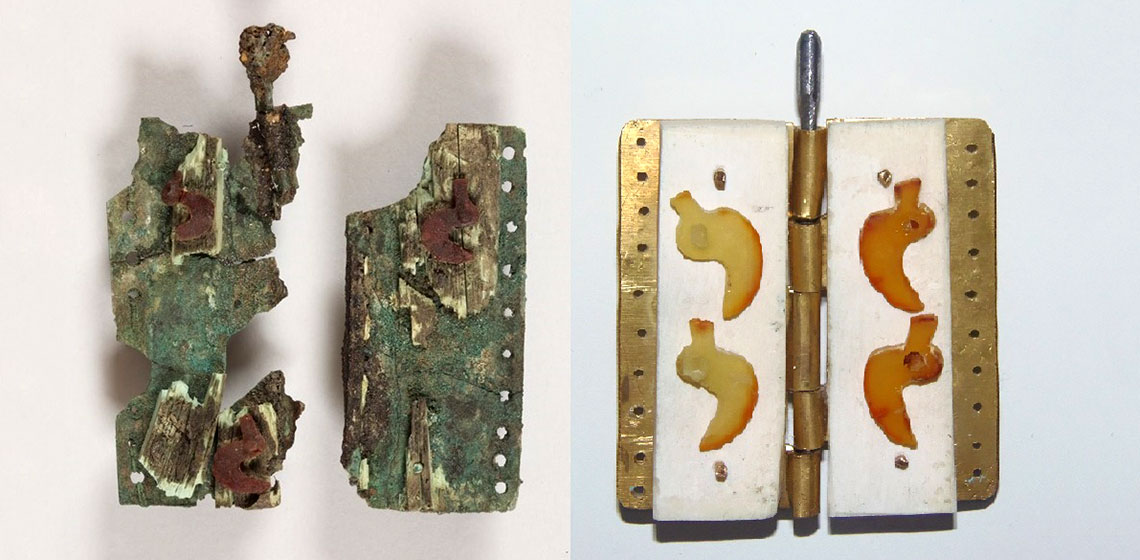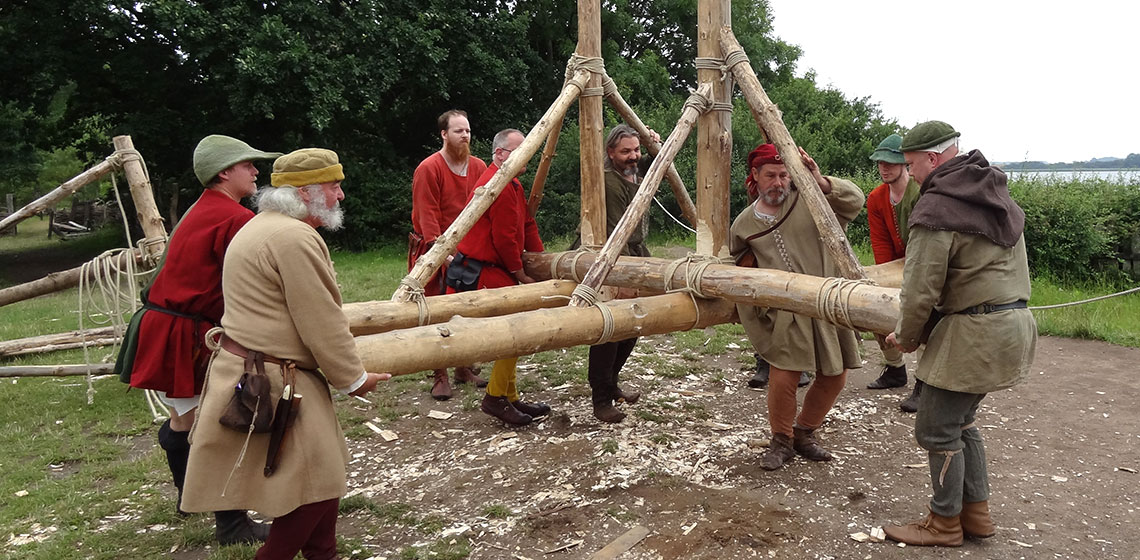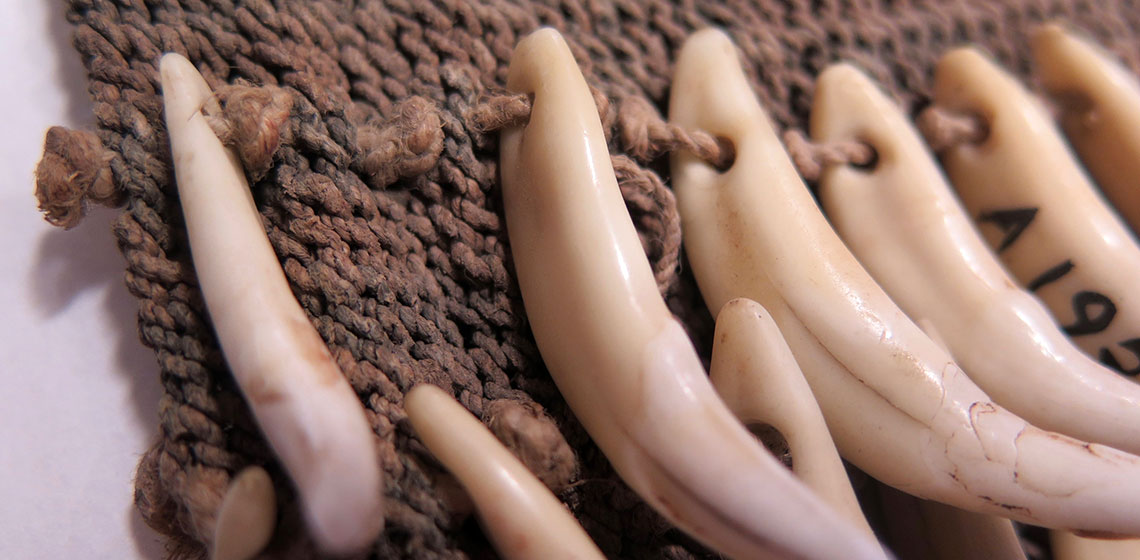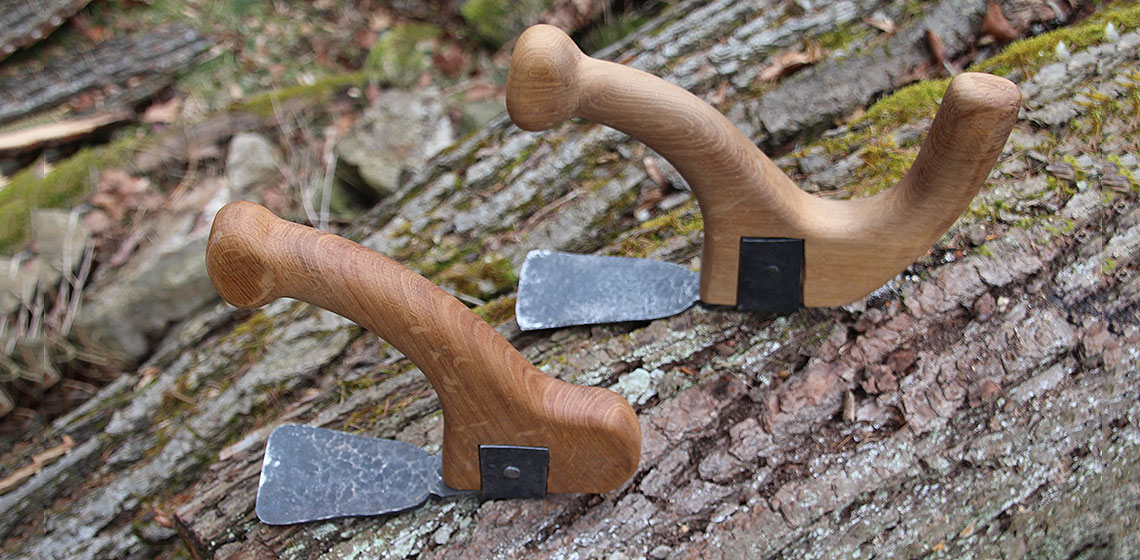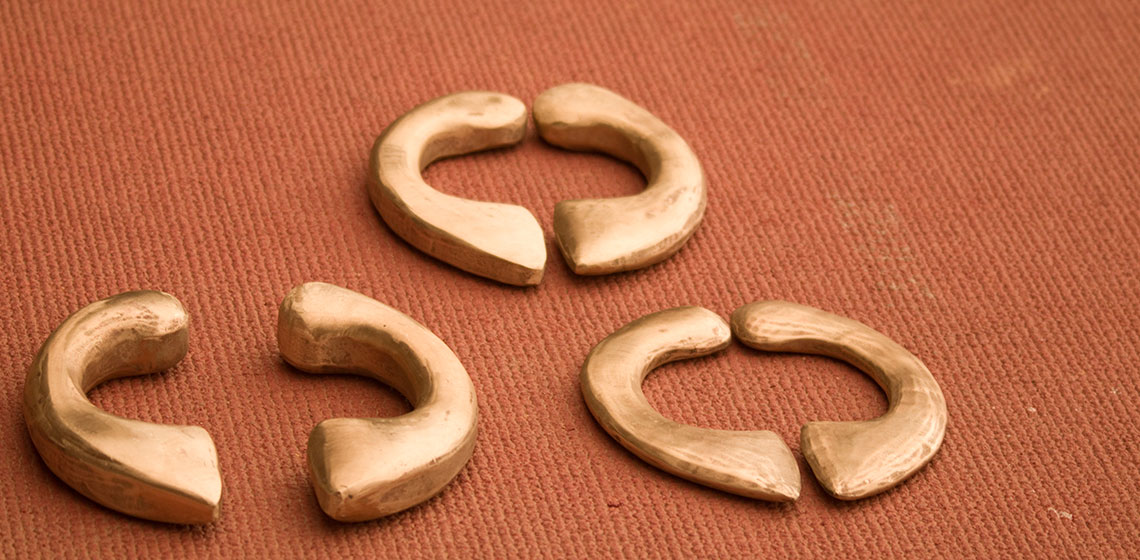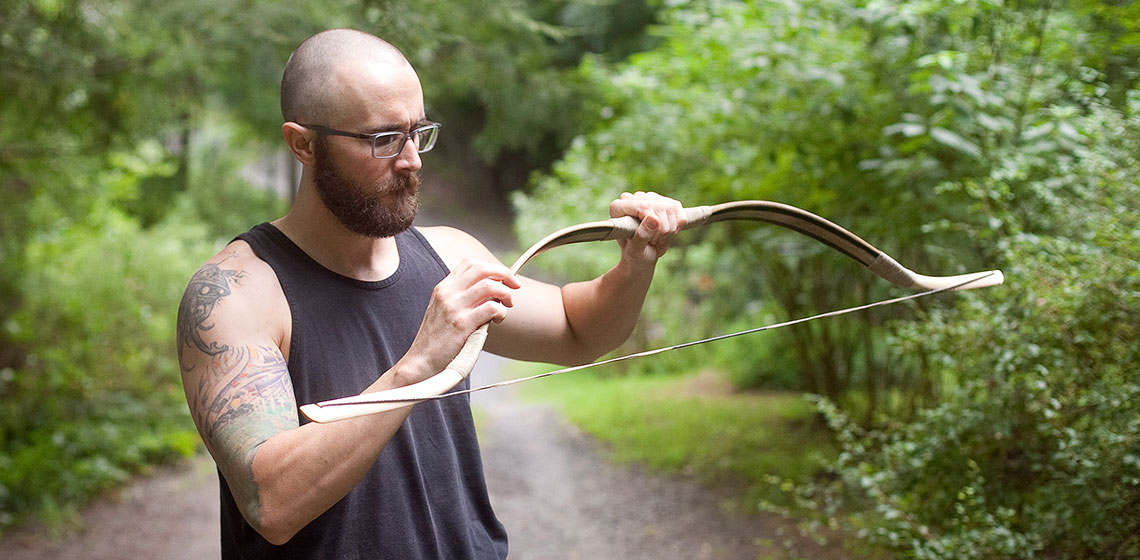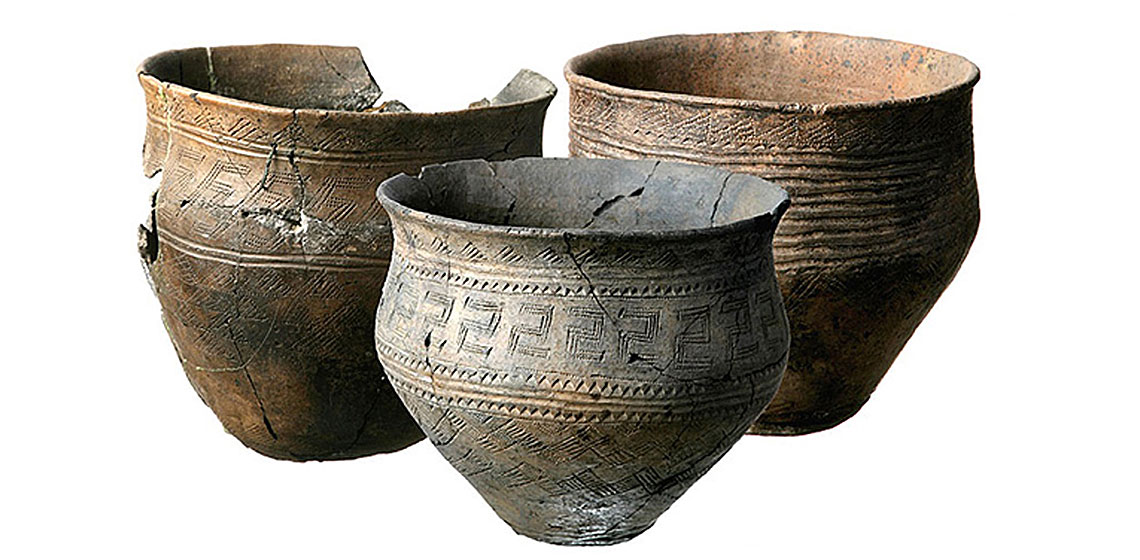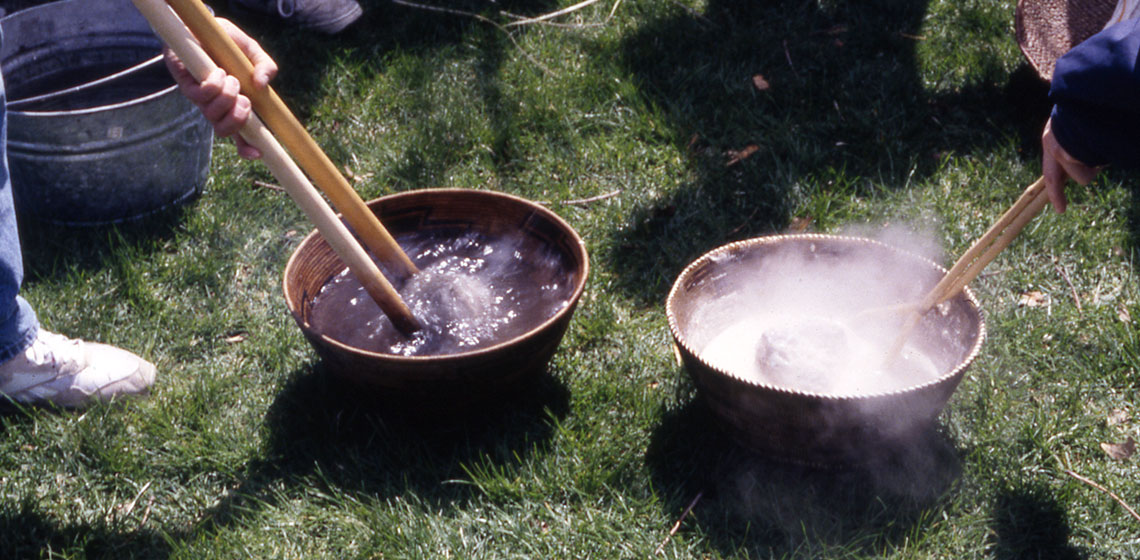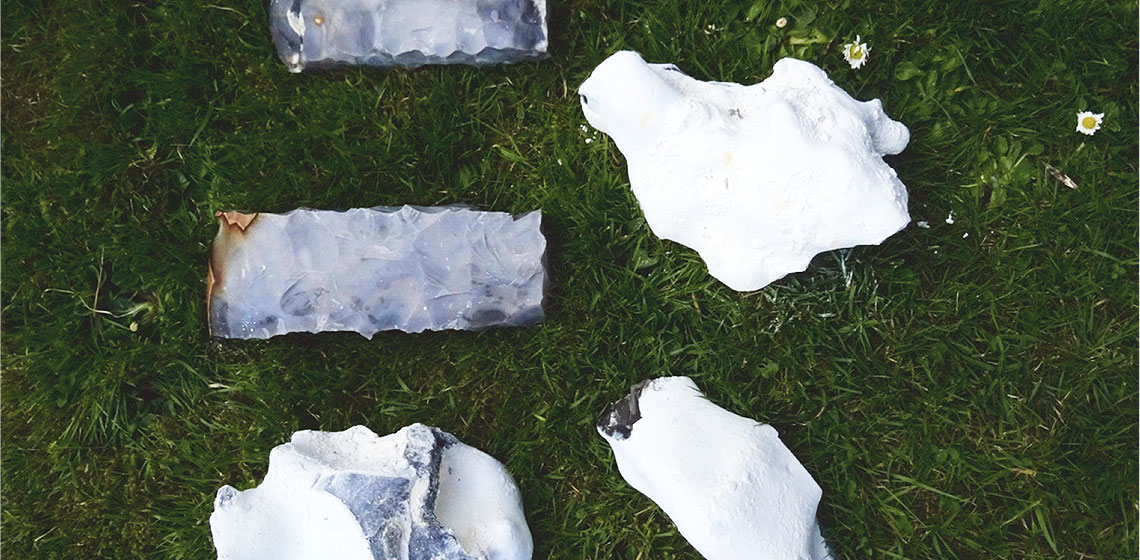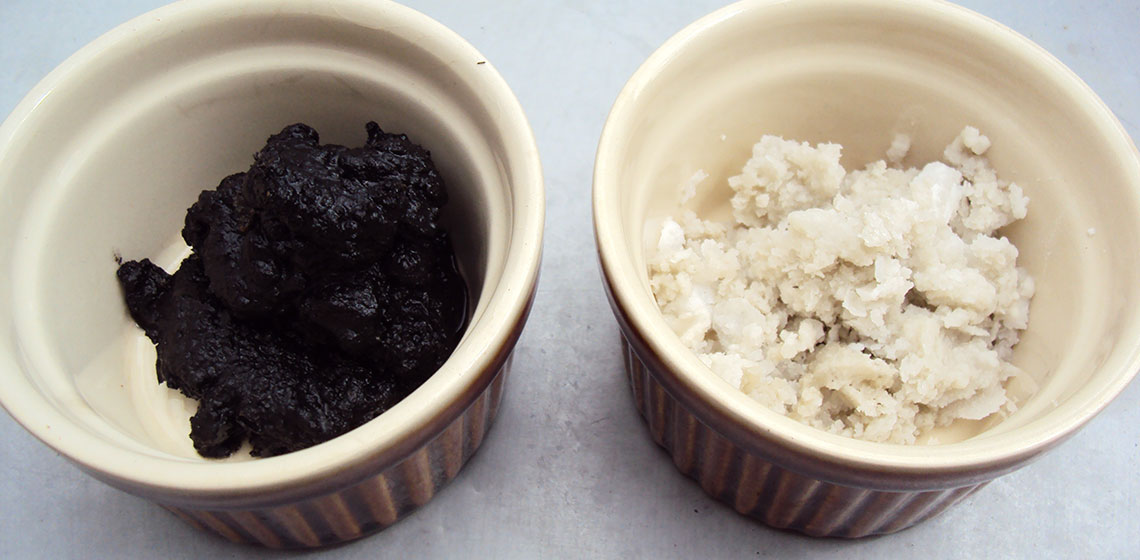A Seventh Century BC Picenian Cloack Clasp Made of Iron, Bone, Bronze and Amber: Reconstruction of a Masterpiece
Publication Date
This article is dedicated to the reconstruction I’ve done in 2017 of a Picenian cloack clasp which is a pretty unique find. It has been found in a prince’s grave dating back to the early 7th Century b.C. and is considered a rare find because only a few similar items have been found in Central Italy, and because of the rare use of amber decorations and bronze plates, that makes this find a true masterpiece...

